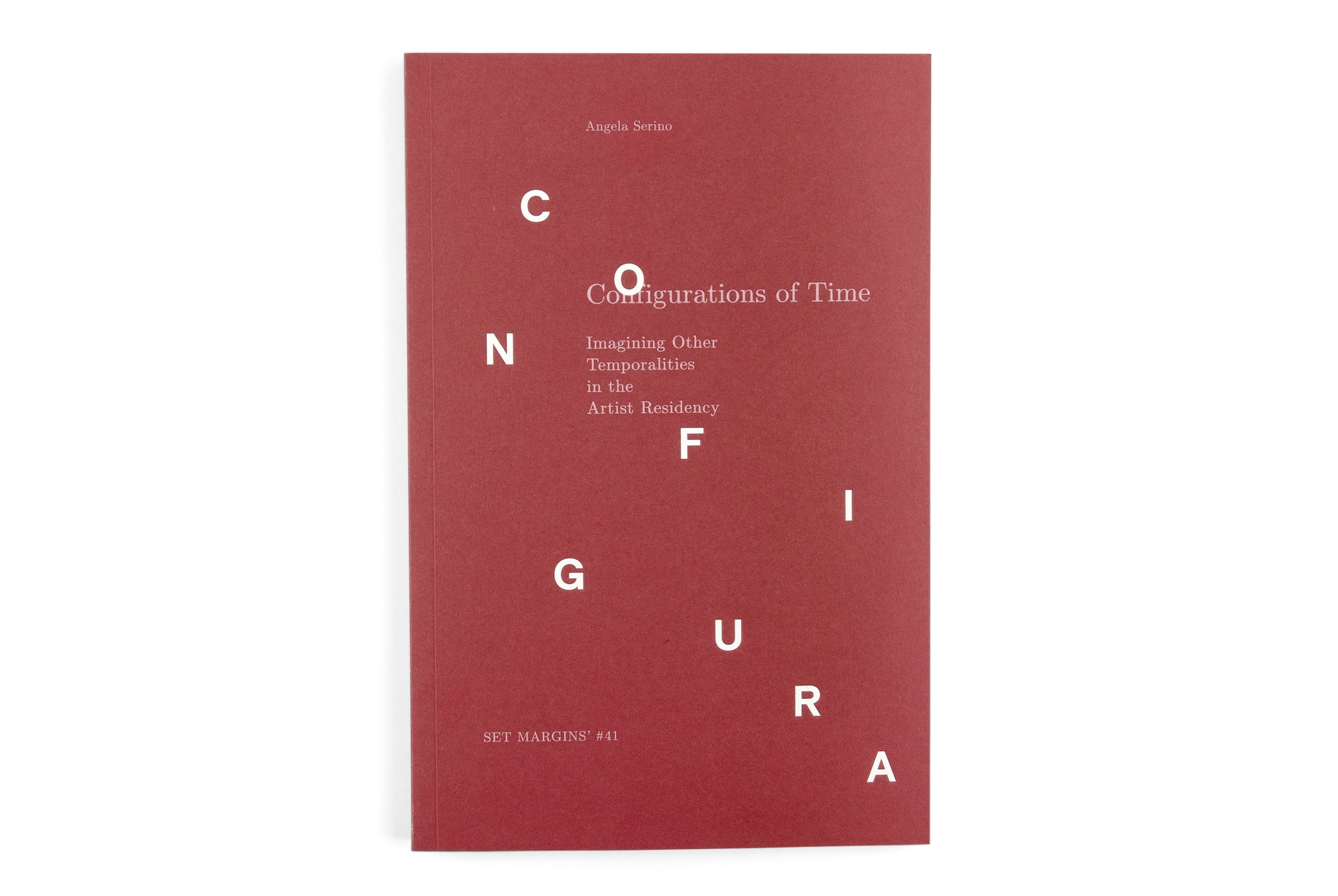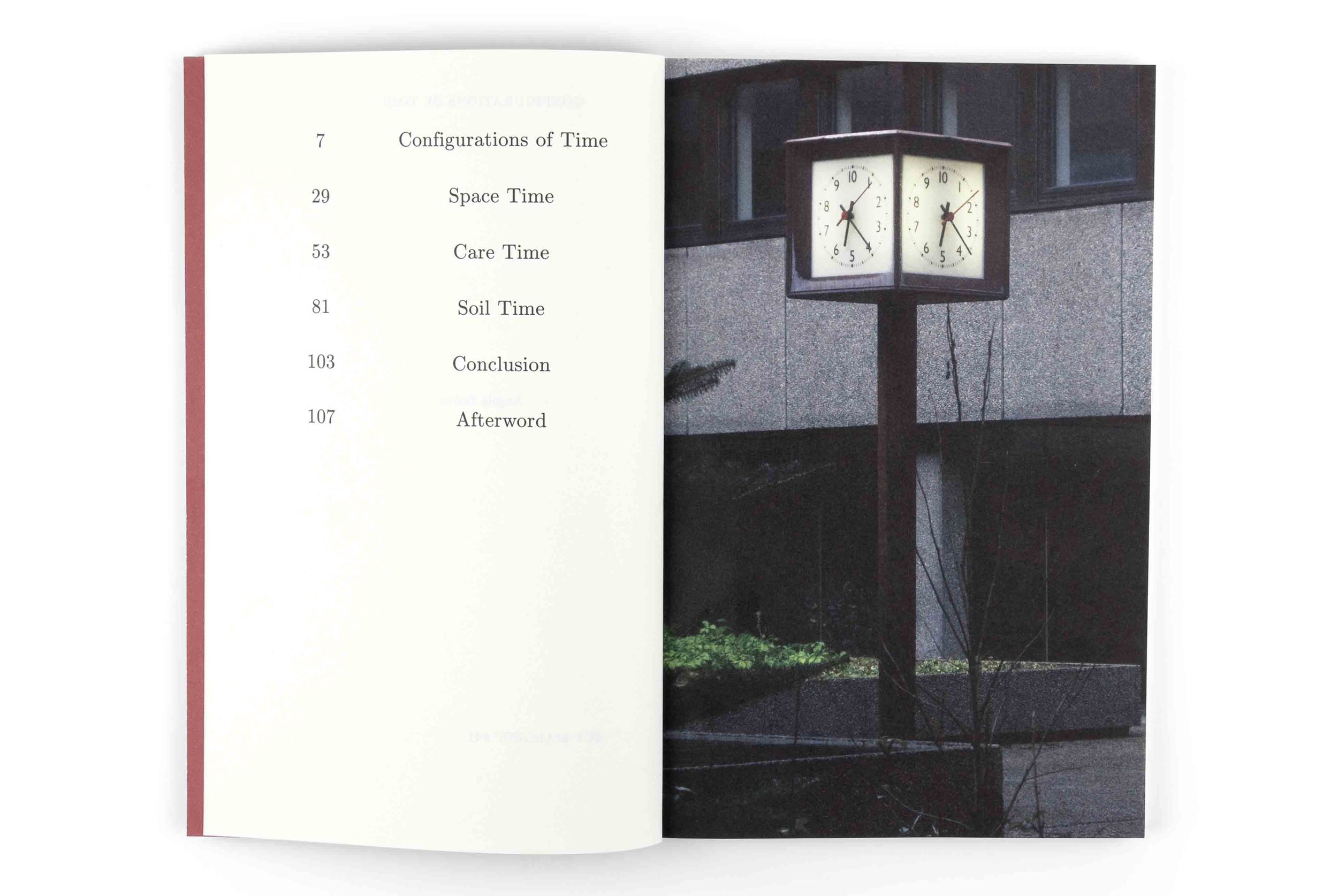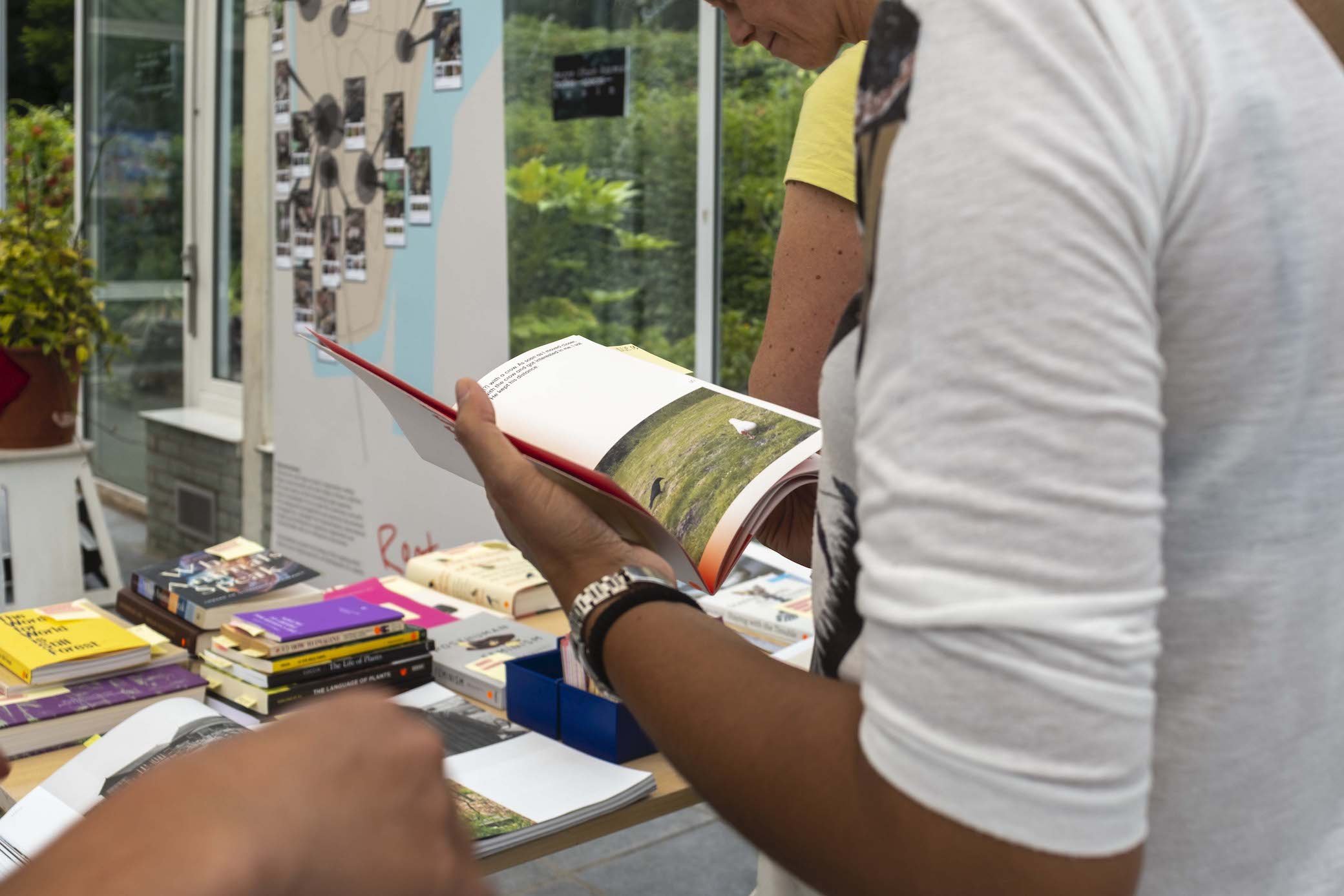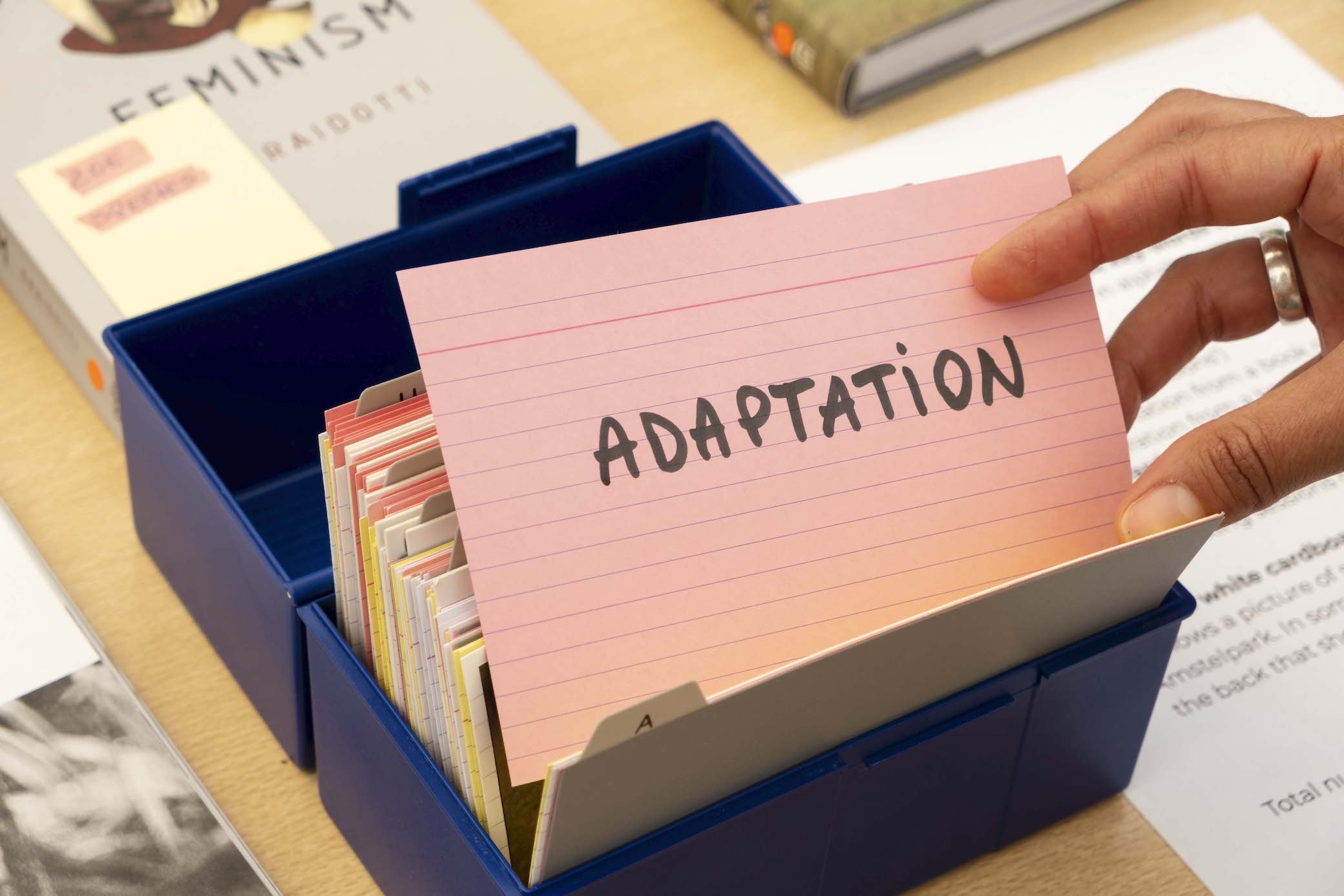Angela Serino: I have been aware of your performance Role Exchange since the start of the Red Light Art Amsterdam project in January 2009. I did some research in the archive of de Appel and found out that, according to their press release, your performance took place in July 1976. In some other on-line sources and printed articles, the work is quoted as having happened in 1975. Can you tell me when you did this performance?
Marina Abramovic: I think it was 1975, because it was before I started the collaboration with Ulay, which I started in 1976. Are you aware that the son of the prostitute contacted de Appel recently? This is interesting because de Appel’s director just wrote me yesterday, I haven’t had time to answer yet. This guy actually has contacted de Appel to let them know that his mother is dead. He wanted to know what kind of work she took part in and whether she did it for the money or for a real interest in art. And he wanted to tell me about her life and explain why she became a prostitute.
So this recent new attention in this work of mine is so interesting: after all these years now your questioning and that the son has come out of nowhere…
Angela: How did you develop this performance, how did you come up with the idea of exchanging your space with a prostitute? Why did you choose to go into a brothel?
Marina: I came to Amsterdam in 1975 to participate in a television program about body art. I was invited by de Appel and by a television program at that time. De Appel also invited me to develop a project inside the gallery, which was one of the only performance galleries in Europe at that time.
That was the first time that I had seen the red-light district. Coming from a communist country, this was rather shocking for me. I had never seen such thing before in my life. Plus I had had a very strict education, quite military, from my parents and the whole idea of being a prostitute was that it is the lowest job you can get – to sell your own body. So I saw it as a highly shameful position for a woman.
For me it was very interesting to see how I could explore that position and see what it was really about. So I proposed to de Appel to exchange place with a prostitute. At that time I had been a professional artist for ten years and I was looking for somebody who had been a prostitute for the same amount of time, so that we could exchange professions. It took me a very long time to find somebody. I quickly found the streets where the prostitutes were working but they were controlled by the pimps. None of the prostitutes wanted to collaborate and the pimps were only very rude to me. Until Ulay, whom I met in that time though we didn’t start working together then, helped me out. He actually knew somebody who knew a pimp who owned three streets of prostitutes. So we had a meeting with him and he proposed that he could join the project with his own wife. So we went to meet her.
Angela: His wife was a prostitute?
Marina: Yes. So we met her. It was the most amazing experience in my life for quite a long time. She had children in the countryside, not in Amsterdam. She had a business with her husband who had other prostitutes. She only worked in the morning, not in the afternoon. Then he would wait for her in the early afternoon and they would go for tea or for dinner. She said they had a wonderful marriage and everything was fine. She told me that she saw this as a business and that her body was completely divided emotionally from it. I remember when we finished working on this project that I kept seeing her. She said: “Oh just pass by and we can have coffee together.” In the mornings, if you see the curtain closed that means that she was working so I would come maybe later than 11 o’clock and see if the curtain was still closed. I would knock on the window and she would just open the window and say: “Oh just give me five minutes, it’s only a blowjob.” When she had finished with her customer she would open the door and we would go for a coffee. It was quite incredible to see how she could separate the emotional and the physical.
When I proposed the deal I wanted to make she accepted, but I proposed six hours work and the fee I had at that time was like 50 guilders. She told me that she liked the project and she liked me but she was not Mother Theresa of Calcutta and that she could earn much more money for those six hours of work. She agreed to take part in the project only for three hours. So basically she did me a really big favour. I gave her half of the money, half of the fee.
Before starting she explained a few rules to me. The most important one was that I could not go down on her price, because I would ruin her business.
It was amazing, I was dressed and sitting in the window. She was dressed as for her work, but going to de Appel art gallery. And we both had the camera filming this.
Angela: Were you dressed in a normal outfit or were you dressed up differently because of the new, special place you had to go to?
Marina: I was dressed as if I was going to the opening of my show. I was elegant with a black dress. She was dressed more explicitly and sexual. Then we filmed, in my case with a secret camera and with a normal TV camera in her case. And it was really interesting. When we put our films together she looked at my recording and said that I would starve to death, because I would never make it as a prostitute; I was not talented at all.
It was really interesting, you know, people were telling me that when she first came to the gallery the public asked her how she felt. And she said “I feel very warm” and she started to take her clothes off. Then they asked her: “Do you like art? What do you know about art?” She said she didn’t know anything about art but she knew “all about fucking”. In my case, I was sitting there and I was really stressed and worried because psychologically it was an extremely difficult piece. I felt like I was nobody in that position.
I didn’t want to change the regular flow of the costumers of the Red Light district. So the gallery added the concept and the plan of the performance without actually giving the address of where I was working. So if anybody wanted to find me he or she had to search through the whole district. I did not want to create some kind of exhibition scene around the window.
Angela: What happened when you were there?
Marina: While I was sitting there two costumers came. One came and asked for her and left. The other one was really drunk and wanted to know the price, and it was too high for him. I could not lower the price – that was basically the only rule I had to respect. So he left.
After she saw the film, I asked her: “Why do you think I am so bad?” She told me it was very simple. If you sit in the window you can always see any costumer coming from the left and coming from the right before they see you. She said: “If you see a small man with a kind of scary worried look, you have to make a really motherly face so he is not scared to come in.” But I was sitting there in a position of performing, just looking in one direction, so I had scared everybody away.
After that I continued my relationship with her. I took her to exhibitions and openings and she almost always came with friends, other prostitutes. She brought them because she was very proud of this art connection. After a while I lost contact with her and I didn’t know she had died. Only yesterday I received the letter from her son and I find this a very strange coincidence.
Angela: How was the brothel?
Marina: There was a very simple bed, condoms, a towel and a sink. It was really a very military kind of set up, very functional.
Angela: Were you interested in exploring the position of a prostitute, or was your work pointing to what art could or should be, not just a display of objects to be sold but a place where something disturbing like prostitution went on?
Did you think about the economic aspect?
Marina: I think it was both. First of all, the inner experience was incredibly important for me. To be in that kind of mental and emotional state in which I actually was stepping out of the protection of being an artist into the completely unprotected area of being a prostitute. I was interested to know how that really felt. Which is really an incredible experience because if the costumers come and would pay the full price I would really have done it. It just happened that I followed the rules and it did not happen. But just this possibility was so scary, it was another world, which was not connected to Art, but I wanted to know that other world. And I also wanted to see how her world worked in the gallery.
And whether these two worlds could really be connected or in communication with each other.
In a way the communication happened, in the form of our continuing friendship. But still neither of us understood each other. So it didn’t really work.
And another thing was really interesting. Later on there were a few feminist books coming out and one of these authors wanted to interview her about her being a prostitute. She was extremely angry about this feminist approach and she told them: “I don’t feel like a prostitute, I’m a social worker, I do social work because any man can come all morning to talk to me, most don’t even come to be fucked or to have a blowjob. They come to talk about the problems at home.” So she saw her function in a social context. Her attitude was very interesting. But I think that is something very difficult to explain.
Angela: Did this work change your opinion of prostitution and your ideas of prostitutes?
Marina: Definitely, I saw them in such a new way. I stayed for a long time in Amsterdam and every time when my friend would visit me from abroad we would go to the red light district. I used to live very close to the district so we would make tours. After this work my entire position on prostitution changed. I see it now as from their point of view, as a real a job, a job of selling the body without emotional attachment.
But what happens in the process is that human emotions get fucked up. You can’t sustain this profession for long because a lot of problems come up in the end with this work, like drug use.
Then the profession takes over, which is much the same thing that happens with artists. It’s a very interesting thing if you think about it. Many artists these days die from an overdose, because of the intensity of being an artist and the demand of society on them is so high that actually on the end both prostitutes and artists often come to the same end.
Angela: Did you try to draw a comparison between Art and prostitution? Art could be seen as a beautiful object on display, like prostitutes are, but it should be something different?
Marina: It could be a long discourse and a very interesting one. But for me, I can say, it’s all about contexts. I have an example. If you have the baker in the bakery making the bread, he is the baker. But if you have the artist making bread in the gallery it’s an art piece. So it is the same thing, if the artist comes to the brothel and makes a work of art, that space is transformed. But if a prostitute is there this is not art, you know, so it’s all about contexts, seeing things in perspective. I think her being in de Appel was really an art piece. Me being in her context is more of a personal experience than achieving anything like creating an art space. It was not an art space when I sat there in her window.
Angela: Was there an exchange of public? Did anybody from the gallery find you in this performance?
Marina: Yes, but not too many. Even though at the same time, you were one of the many passers-by and possible clients of the red light district. However, anybody else who would pass there didn’t see that I was an artist, they saw me as a prostitute like all the others, though probably not with an enticing expression, but that is all. They didn’t see any kind of change so I didn’t make any impact in changing that space into any kind of artistic activity. It’s just an exchange of roles. And I didn’t want to change that. I was interested in exchanging the role and taking that role, and that’s it. It is a different thing when you invite people to come to that kind of space. But I didn’t do that; it was just a normal crowd of people who passed by. There were a few people from the art world who passed, but that didn’t change anything. The work had a lot of influence in the art world because people talked about it for a long time after. But it didn’t change anything in the red light district.
Angela: In the case of Redlight Art Amsterdam the situation is very different. We were invited to temporarily occupy the vacant brothels by the Municipality and De Key. You were looking for a context by yourself, you chose with whom you wanted to do this exchange in order to explore the role of a prostitute and to question the art context. In this case the artist is invited to react to the space of the brothel, to relate to a context, which has already been framed by someone else.
Marina: This is very similar to an exhibition project I did in Melbourne where the artist had to react to the space of a disused women’s prison. You could come and make this prison a space for an exhibition. I went there to see the prison. It was really interesting, people were placing their objects and photographs. For me this was displaced. If you wanted to enter my space in the women’s prison, you had to sign an agreement that you were willing to be emotionless for 25 minutes, that is not much. So you have security guards in uniforms bringing you to this space and you are going to be tied up with the headphones which completely isolate you from the cells. You are restricted to really feeling what it means to be a public exhibit. People went into total panic with a claustrophobic reaction, but my reaction was, OK, you want to work with the prison, then do something with the prison. Don’t just play with it. It was the same for me with the red light role change. I wanted to exchange roles to see what it was about. I’m always very confrontational in my actions.
Angela: How did the art public react, what were their comments? Were they curious about this lady or were they just rethinking their relation with prostitution? What were the comments you got from the lady?
Marina: You know, it was so long ago, in 1975. I remember there was a lot written about this piece. First I didn’t go to the opening so I didn’t hear direct comments. But it was a very large opening and many people came out of curiosity to see her. Where I was there was hardly anybody. I know it was a very curious project for Amsterdam, and until that time nobody had done anything with the red light district so it was referred to as an original project but I don’t remember the comments exactly.
Angela: Do you know anything about the changes that Amsterdam in undergoing now, with the prostitution?
Marina: Actually I don’t have any relation with Amsterdam at the moment. I’ve been living for nine years in New York.
Angela: I have already asked you about the economic aspect of your piece. Was there a judgement on what art is or should be?
Marina: We are talking about the 1970’s, it was so different then. For me it was amazing to come from Belgrade and Yugoslavia, where everything was forbidden, to the place where there were free sex and the free drugs. I was completely overwhelmed by this freedom, the Provos and the movements of the seventies. For me it was freedom, everything was free.
I really do believe prostitution is the oldest profession in the world. Every society had prostitutes from the beginning of civilisation. And every society denies the existence of it. Amsterdam was the only one that said ‘Yes, we have prostitutes and we give them social security and health care.’ This was really positive at that time. I don’t know what happened later because I haven’t been there for nine years. I don’t know what’s going on in Amsterdam at present.
Angela: The municipality has decided to close most of the brothels and coffee shops in the red light district. It’s part of a bigger plan of changing the public image of the city. So while it was once known for sex and drugs they now want to replace those things with creative industries like fashion designers. Artists, as creative people, are included in this new category that will have extra space and more opportunities in place of prostitution. It’s a complete switch.
Marina: OK, this is fine but what help is provided for people who don’t have any profession other than being a prostitute. What is happening to them?
Angela: They are very angry because the only money that has been invested by the government is for associations which work with prostitutes to find them other jobs. For some ladies it works but others just want to have their places back. They just want to have a place where they can work. The other reason the municipality is closing these houses down is they have evidence that the owners of the brothels or the pimps are involved in criminal activity. For this reason they are able to take possession of the houses from the brothel owners. The former owner is paid by the municipality but the prostitutes, who worked for him, get nothing and don’t have a place to work anymore. So that’s the main problem.
Marina: It’s similar elsewhere. In Brazil or New Zealand, for instance, where the clearfelling of the rainforest is bad for global warming, you can forbid the cutting of timber but then you have to deal with the hundreds of thousands of people who live from that work. These people don’t have anything to eat. You have to find them other jobs. You just can’t stop one thing and create another problem.



















































